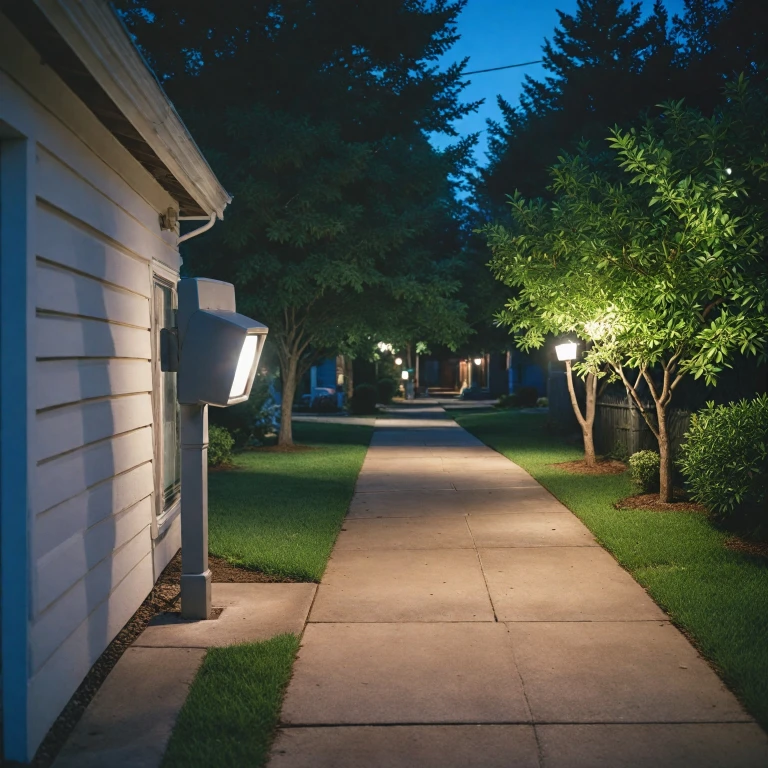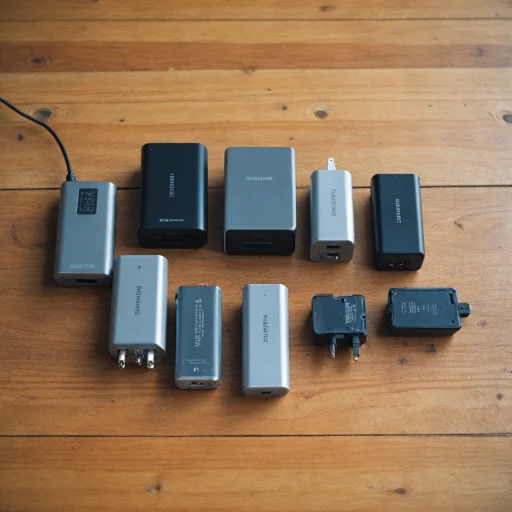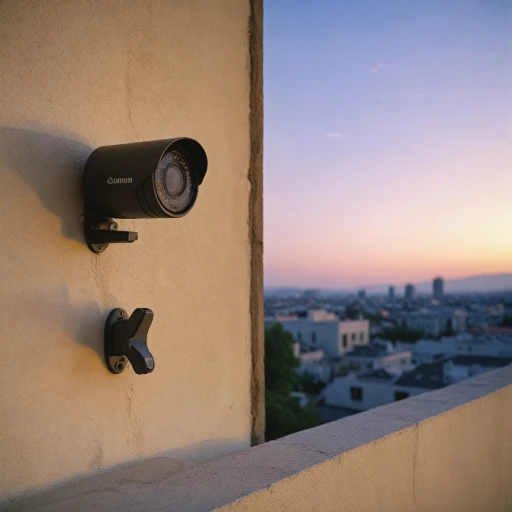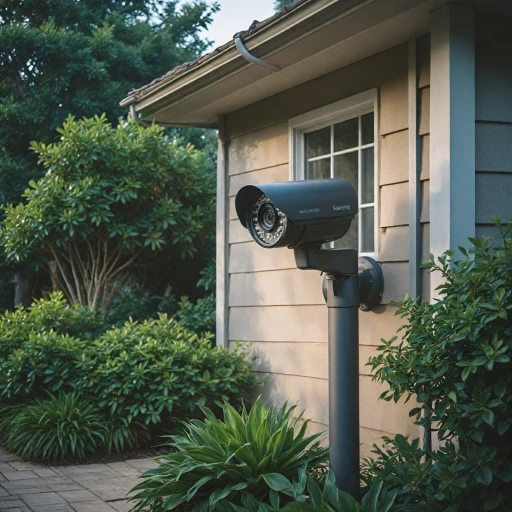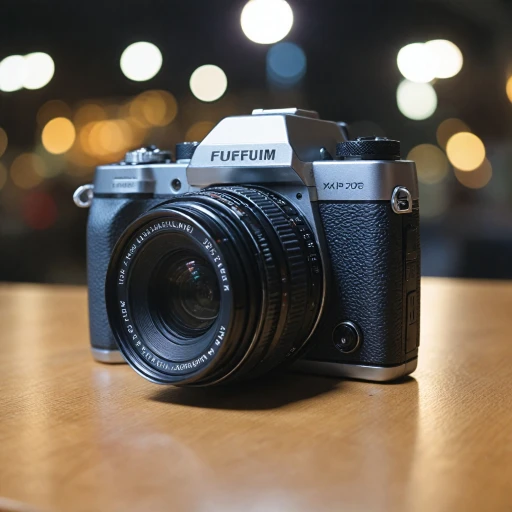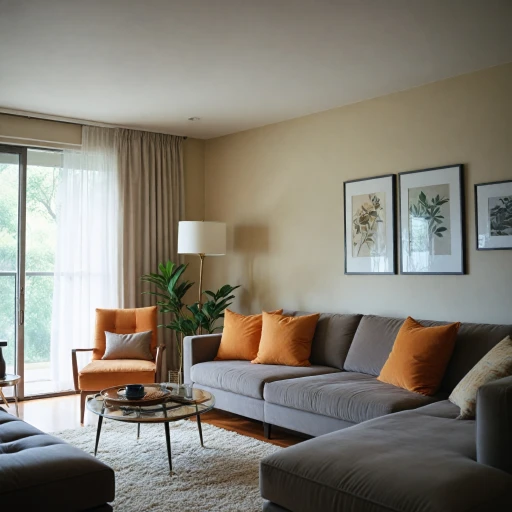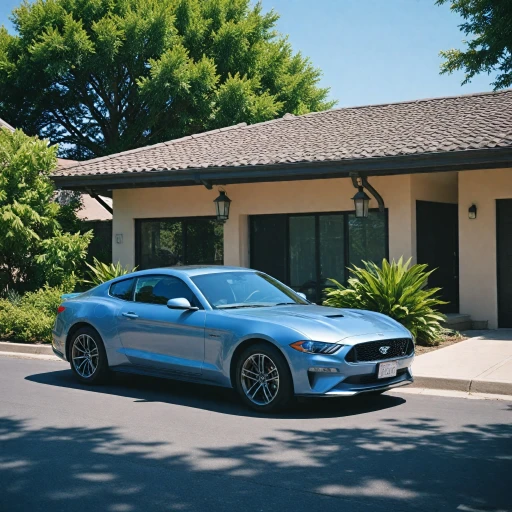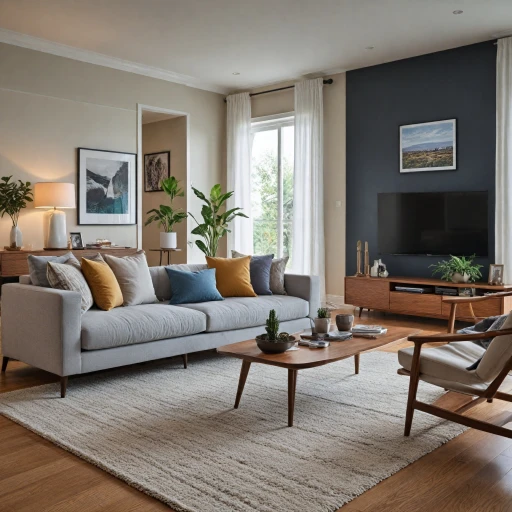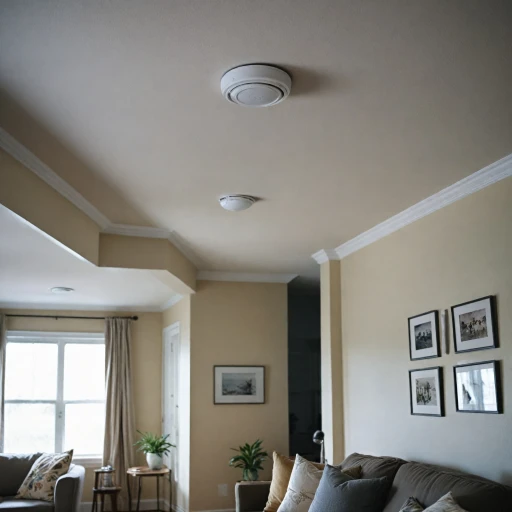Understanding ONVIF Standards
Grasping the Basics of ONVIF Standards
Understanding ONVIF standards can greatly aid your decision-making process when selecting the ideal security camera for home surveillance. These protocols are essential for ensuring that devices from different manufacturers can communicate smoothly, offering you flexibility and variety when setting up your system.
ONVIF cameras provide interoperability that allows seamless integration of different security devices. This means you can mix and match different brands like Reolink and Amcrest without compatibility issues. Leveraging ONVIF standards enhances your system's scalability, an important feature when you want to enhance security measures with additional equipment like outdoor security cameras with robust features such as night vision and motion detection.
ONVIF compliance isn't just about integration; it also contributes to cost-efficiency. By choosing cameras with this certification, you can avoid vendor lock-in and ensure that your investment retains its value by remaining versatile across future upgrades. Plus, having the ability to interchange components enables you to select specific qualities like optical zoom or a fixed lens field of view, based on unique surveillance needs.
Recognizing the importance of ONVIF standards is the first step towards creating a comprehensive and flexible home security system. Check this off your list before you delve into other essential features such as two-way audio, which improves real-time communication and enriches your home security strategy.
Importance of Two-Way Audio
The Value of Interactive Communication
Two-way audio has become an indispensable feature in security cameras, allowing for interactive communication between users and those within the camera's range. This feature offers immense benefits for both security and convenience. When paired with ONVIF standard cameras, which ensure interoperability between different brands, two-way audio enhances the security framework of any home.Enhancements in Real-time Security
The integration of audio features empowers homeowners with the ability to listen in on activities or conversations near the camera with audio capabilities. Additionally, it enables them to communicate directly with visitors, potential intruders, or delivery personnel. This adds to the layers of home security, making it possible to deter unwanted guests or provide instructions to authorized visitors.Practical Applications and Considerations
When choosing a security camera with two-way audio, there are several practical applications and considerations to keep in mind:- Situational Awareness: Outdoor security cameras benefit greatly from this feature, particularly in areas like entryways where interaction is likely.
- User Interface: Consider the ease of use and compatibility with various operational platforms, such as the Reolink app or Amcrest systems, to ensure seamless communication.
- Audio Quality: Opt for cameras with clear audio quality, adjusting for any background noise that may interfere with communication.
Complete Security Experience
Incorporating a camera with two-way audio effectively offers a comprehensive security solution, particularly when combined with features like motion detection, night vision, and wide field view. Advanced models might include optical zoom and color night capabilities that further enhance the monitoring process. For more insights into how two-way audio complements other security features, check out our detailed analysis on bubble cameras, which also provide an advanced viewing experience.Key Features to Consider
Essential Attributes for Picking an ONVIF Camera
When considering the purchase of an ONVIF camera with two-way audio for home security, understanding key features is crucial to make an informed decision. These attributes not only impact the camera's performance but also determine how well it fits into your security setup. Here's what you should evaluate:- Video Quality: High-definition video is essential for clear monitoring. Look for cameras that offer at least 1080p resolution to ensure you capture fine details. Some models, like those from Reolink and Amcrest, go beyond with even higher resolutions, enhancing the clarity of your security videos.
- Night Vision: A top priority for home security cameras, night vision ensures you can monitor your premises round-the-clock. Options with color night vision provide more detailed images compared to standard infrared black-and-white views.
- Audio Features: Cameras with integrated two-way audio allow communication with anyone on your property, enhancing interaction and security. This is vital for doorbell cameras or entry point monitoring.
- Power over Ethernet (PoE): PoE cameras minimize cable clutter and simplify installation by combining power and data delivery over a single cable. This is a practical solution, especially for outdoor security cameras.
- Field of View and Zoom Capabilities: Depending on the area you wish to monitor, cameras with a wide field of view or optical zoom might be necessary. Fixed lens cameras offer consistent view while dome cameras often come with additional flexibility.
- Motion Detection and Alerts: A security camera with reliable motion detection and real-time alerts via an app ensures prompt awareness of any activity around your home.
- Storage Options: Consider if the camera supports microSD card storage or requires cloud services. Some models offer both options, allowing flexibility in managing recorded footage.
Comparing Top ONVIF Cameras
Evaluating Top Choices in the Market
When it comes to selecting an ONVIF camera with two-way audio for your home, the market offers a plethora of options. It's essential to consider particular models that best suit your security needs while remaining within your budget.- Reolink RLC-410: This model is a popular choice among users looking for efficiency and quality. It boasts 4MP video resolution with night vision capabilities, powered via PoE (Power over Ethernet), making installation straightforward. It supports a microsd card, allowing for local storage of security footage. Furthermore, its motion detection feature ensures you receive alerts in case of unusual events.
- Amcrest UltraHD 4K Dome Camera: Known for its high video quality, this security camera offers an impressive 4K video resolution. The Amcrest model has color night vision, providing clear images regardless of lighting conditions. It is an outdoor security camera with robust durability and is specifically designed to withstand the elements. Additionally, it has a two-way audio feature, enhancing communication via its app.
- Hikvision DS-2CD2385G1-I: A reputable name in security cameras, this Hikvision dome camera offers an optical zoom with 8MP resolution. It ensures a wide field view and reliable motion detection capability. Although it comes with a regular price point, its features make it one of the best choices for comprehensive surveillance. Another benefit is its support for microsd cards, which allows for easy video storage and retrieval.
Installation and Setup Tips
Steps to Ensure Optimal Installation and Setup
Setting up your ONVIF camera with two-way audio can seem daunting, but with careful planning, you can enhance your home security system effectively. Firstly, selecting the right spot for your camera is crucial. Consider areas that require constant monitoring, like entry points, driveways, or backyards. Cameras with features like night vision and motion detection are particularly suitable for outdoor security, ensuring they capture clear footage even in low-light conditions. Using a PoE (Power over Ethernet) connection is recommended as it simplifies installation by reducing the need for multiple cables. This can be particularly advantageous when setting up dome cameras or those with fixed lenses in strategic locations. For cameras with optical zoom, calibrating the field of view is important. Optical zoom enables you to focus on details without losing video quality, essential for both everyday surveillance and special security concerns. Configuring the camera with your security system app is your next step. Many apps provide remote access to video feeds, giving you real-time updates on your phone. Popular brands like Reolink and Amcrest offer user-friendly apps that integrate seamlessly with their cameras. Don’t forget to test two-way audio functionality. Properly working audio enhances your security camera’s value, allowing you to communicate with guests or ward off potential intruders effectively. For data storage, consider security cameras with built-in slots for microSD cards to save recordings locally. This can be a cost-effective way to keep records, especially when compared to cloud services. Lastly, always keep your software updated. This ensures your security system has the latest features and protection against vulnerabilities. Following these steps will help you establish a reliable security network, safeguarding your home at a reasonable price.Enhancing Security with Smart Integrations
Boosting Security through Smart Technology Integration
Integrating smart technology with your ONVIF camera, especially those equipped with two-way audio, is a powerful way to enhance your home security system. One of the key advantages of a smart integration is the ability to connect your security cameras with other smart devices and systems you might already have in place.- Smart Apps: Most high-quality cameras like those from Reolink or Amcrest come with dedicated apps. These apps allow you not only to view live footage but also to receive instant alerts on your smartphone. This is particularly useful if your camera supports motion detection, as you can be notified in real-time if there’s any suspicious movement.
- Voice Assistant Compatibility: Look for cameras compatible with popular voice assistants. Integration with these systems allows you to control your camera with voice commands, such as viewing live feeds or switching to outdoor security view without needing to lift a finger.
- Cloud Storage and AI Features: Many security camera manufactures offer cloud storage options. This adds an extra layer of security to your recorded audio and video data. Some advanced systems also incorporate AI for facial recognition or enhanced motion detection, distinguishing between humans, pets, and normal movement.
